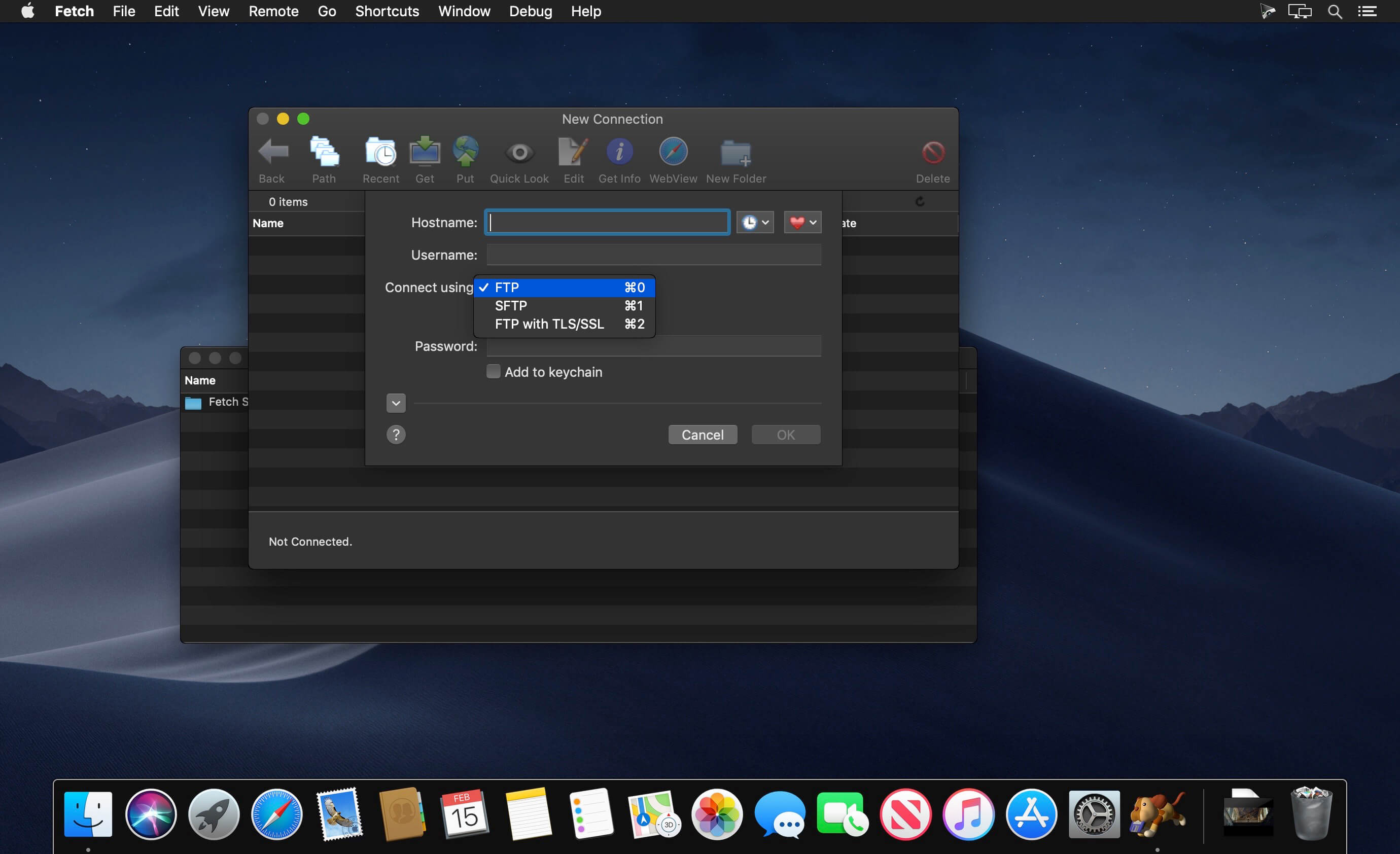

This allows you to immediately and directly open the URL in a web browser by simply pasting it in the address bar. When you set a Base URL when bookmarking a link, Flow will automatically copy the web-browsable URL to the clipboard as soon as an upload process ends. One truly unique feature in Flow is URL Copying. On his web site a hype was created that promised a lot of power and some unique features. Flow is brand new, and the developer wanted to create a totally new concept. Go With the FlowThe last client I’m discussing is Flow. There’s a Bookmark bar that works like the one in Safari, and the columns in list view are just like Transmit’s: you can add or remove columns at will and sort order them, or change them from position. For the rest, Interarchy has a window that works just like a Finder window, with the ability to see folders and files as icons, lists, or in column view. Just like Safari, Interarchy keeps a history of your file transfers. The Scheduled Bookmarks category in the sidebar gives you direct access to all scheduled connections.Ī good one that I have only seen on Interarchy is the history. Some features, like Net Disk, allow users to schedule a file transfer operation such as a synchronisation.

Dropping a file in the local folder while Interarchy is running, will automatically upload it to the remote folder. Here, you can tell Interarchy to link a local folder to a remote one. Actually, Net Disks are more powerful as they work in both directions.Īnother feature to compare Transmit Droplets with is probably Auto Upload. For example, Droplets also exist in Interarchy, but are not as obvious as in Transmit, while Net Disks are prominent. The only thing that you can say about Interarchy’s user-friendliness now, is that it uses a different approach than Transmit, which makes the choice between Interarchy and Transmit more or less one of taste. Whereas the last version that I had seen (some 3 years ago) was a bit awkward to use, the version I got for testing certainly wasn’t any more difficult or ineffective to use than Transmit. The current version of Interarchy by Nolobe, still has such command-line capabilities, but most users will probably use the GUI instead. Interarchy began life as a much more “command-line” driven tool. Transmit was probably the first FTP client to support FTP-Droplets, but also DockSend and even sending files from the Dashboard. Life as Command-Driven ToolColumns can be seen in list view or in column view. Furthermore, all columns are fully customisable-you can drag their order, and add or remove columns with information as required. You can set up your connection in such a way that the columns are synchronised. Transmit uses the two-column approach, whereby one column has your local files and the other the remote files. Transmit is not only fast, it also knows about most protocols, supports some very technical functionality all in the GUI and lets you perform tasks that normally are only possible using the Terminal. It transfers files fast and efficient, and with a minimum of errors or retries. Transmit is Panic Software’s FTP client and over the years it has evolved into a file moving client that can handle much anything you throw at it. Unfortunately, it worked out a tiny bit differently.

When I saw the screenshots on the developer’s web site, I thought this must be the new Transmit. And now, Flow seemed to take over from Transmit.

When Transmit was released some years ago, I found Interarchy lacking the interface quality I looked for. Interarchy was my favourite for a long time until I found out about Transmit. I ended up with Transmit, Interarchy and Flow.
#Interarchy for mac for mac os x#
When the new FTP client Flow was released, I decided it would be a good idea to compare three of the many FTP clients available for Mac OS X today.


 0 kommentar(er)
0 kommentar(er)
